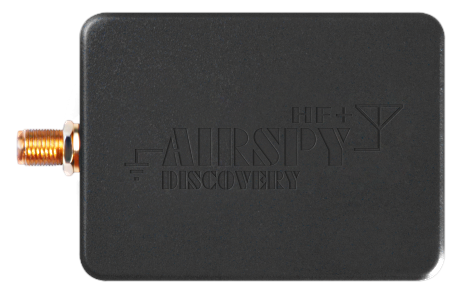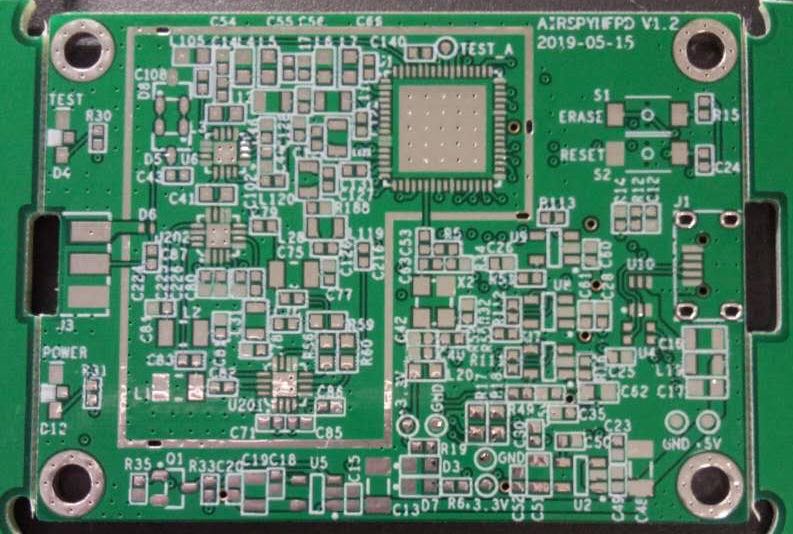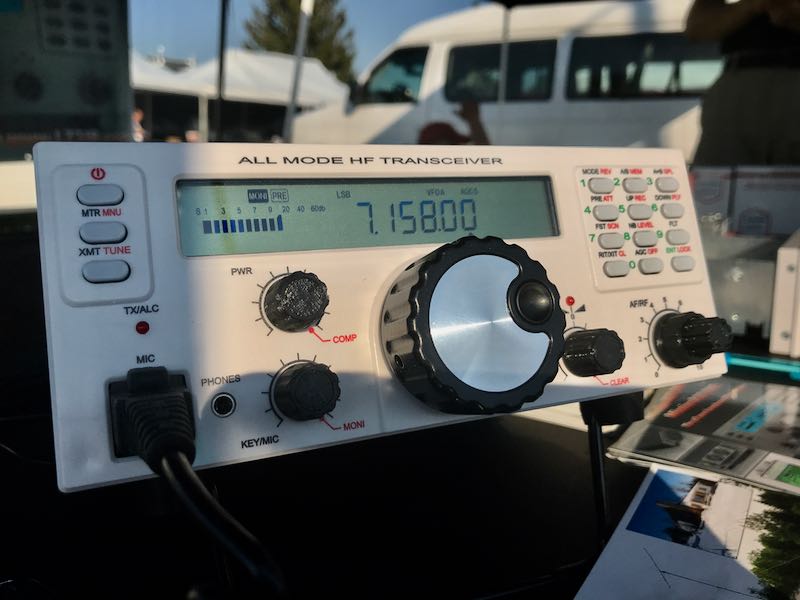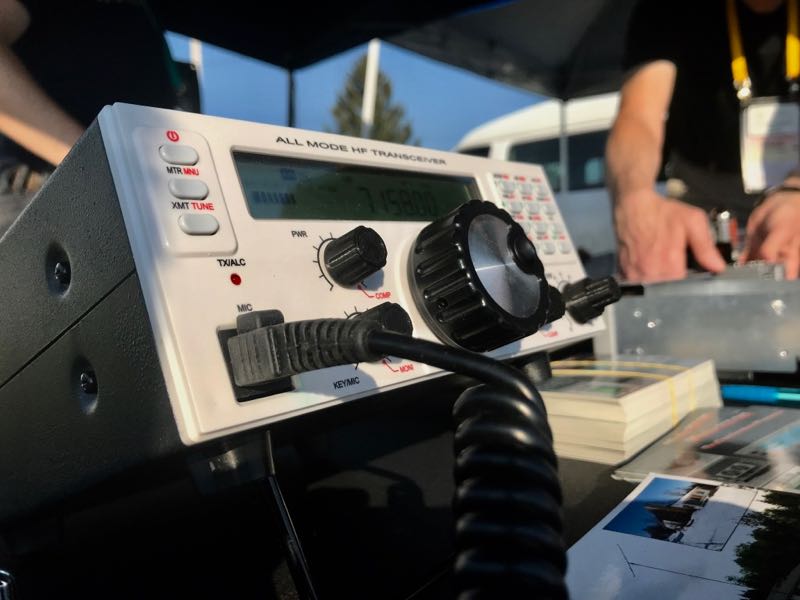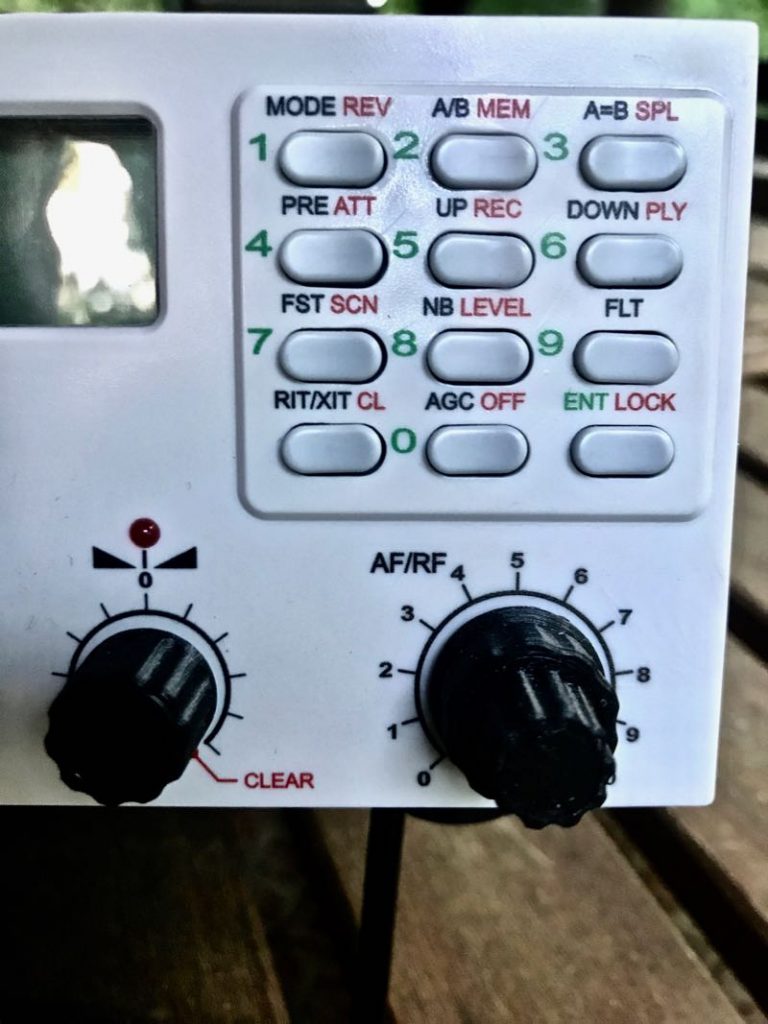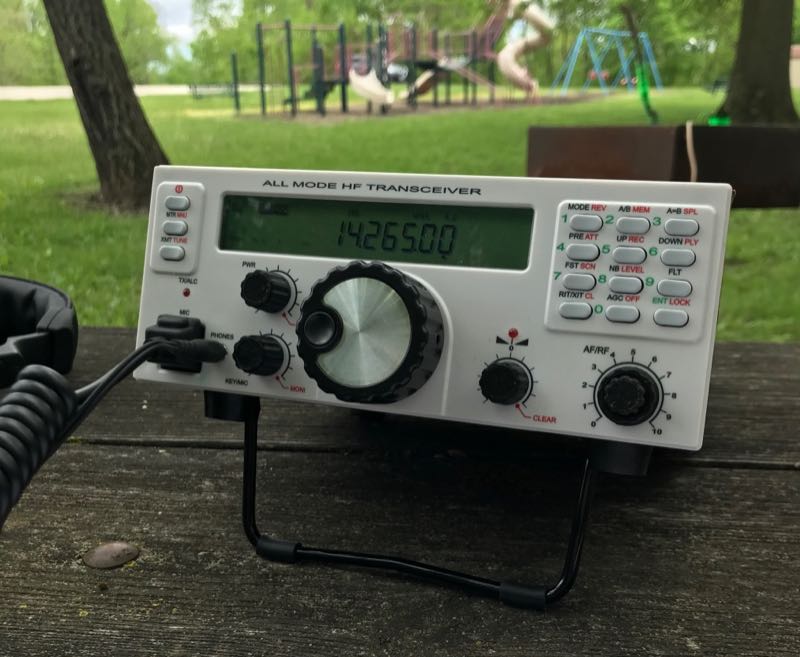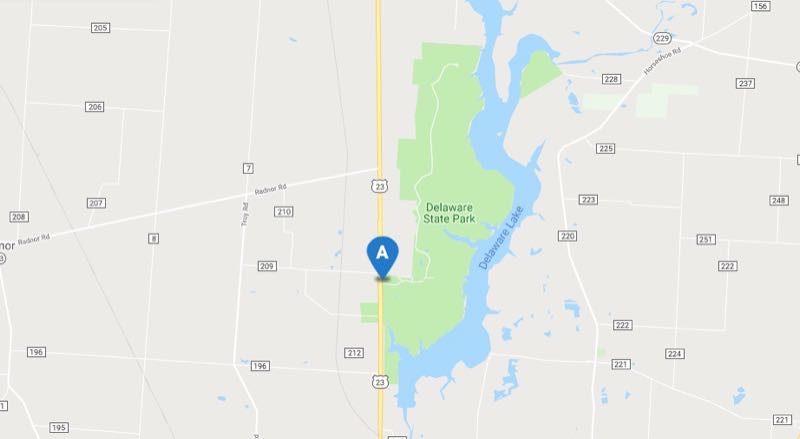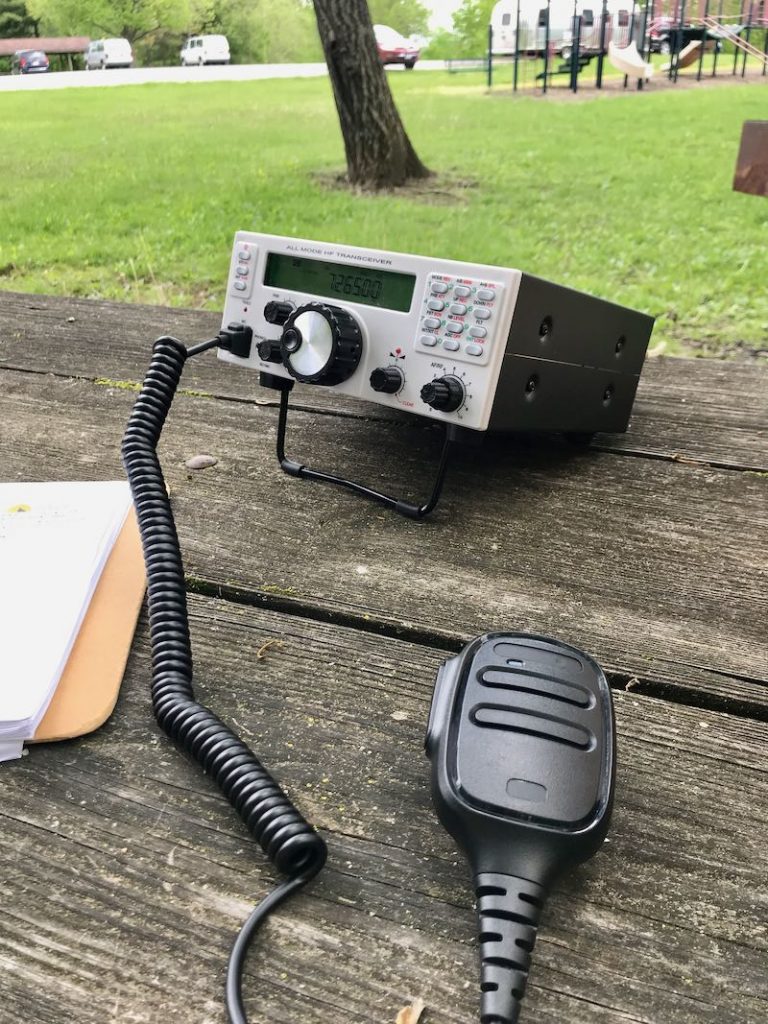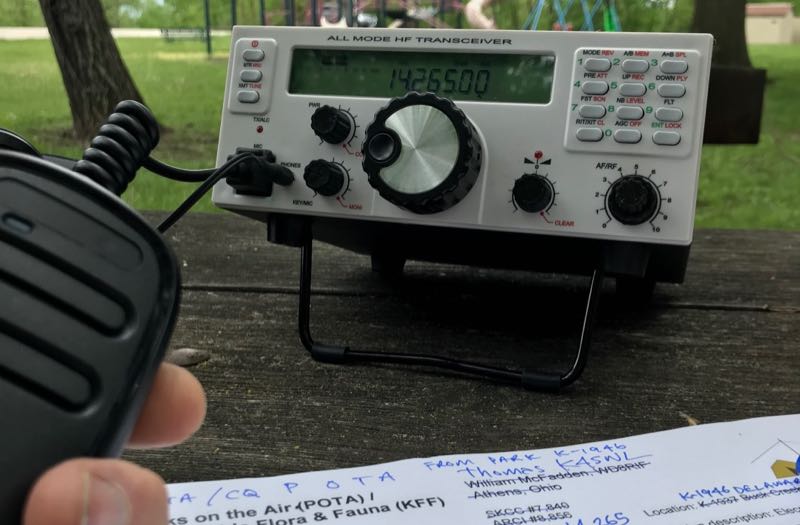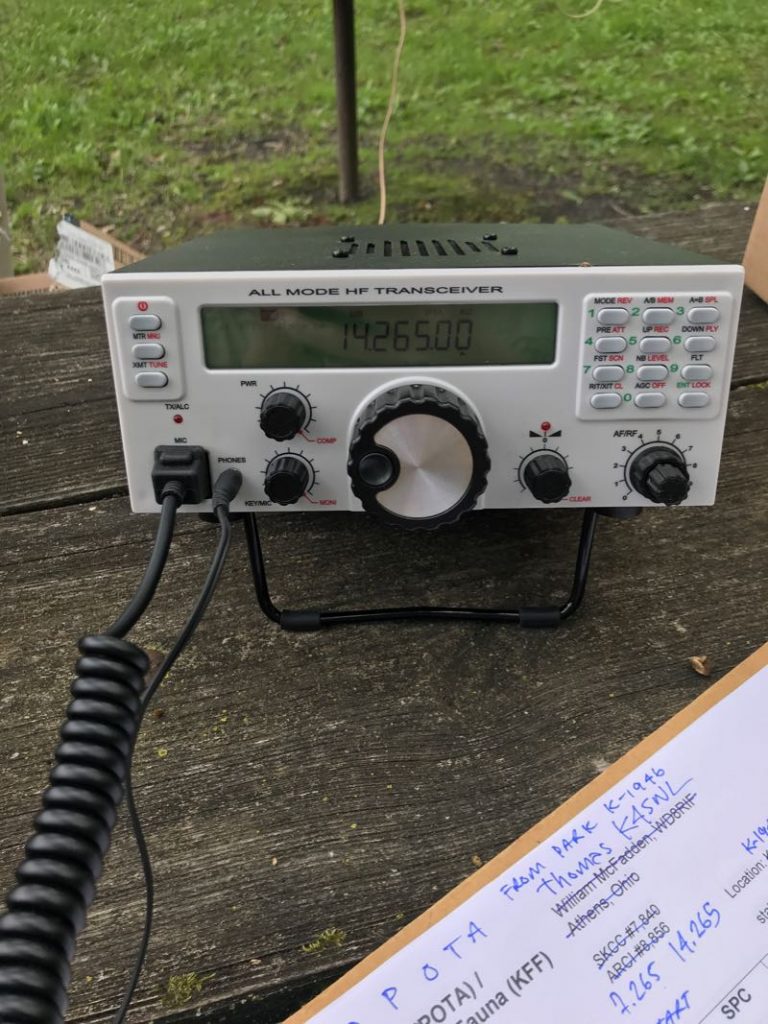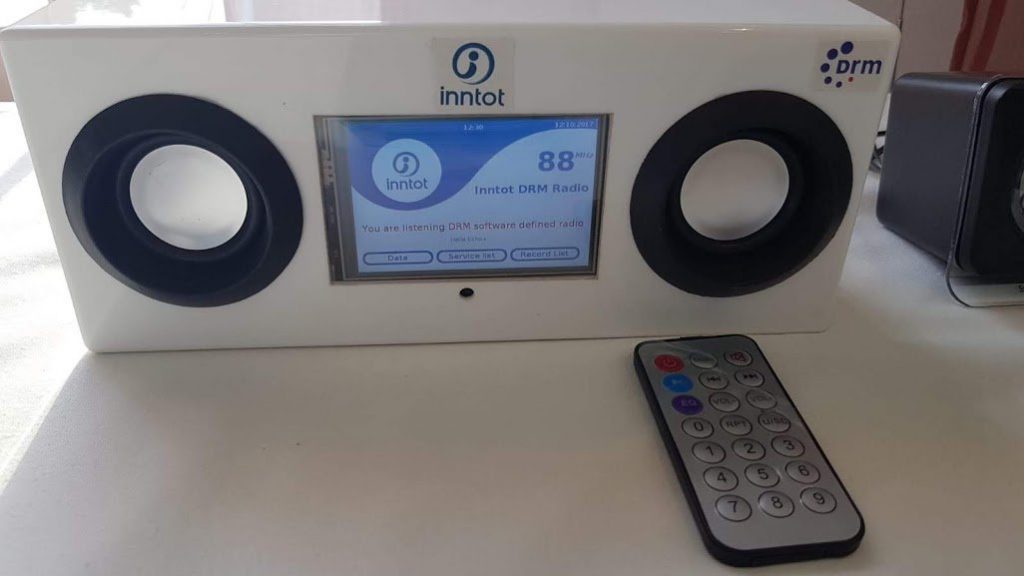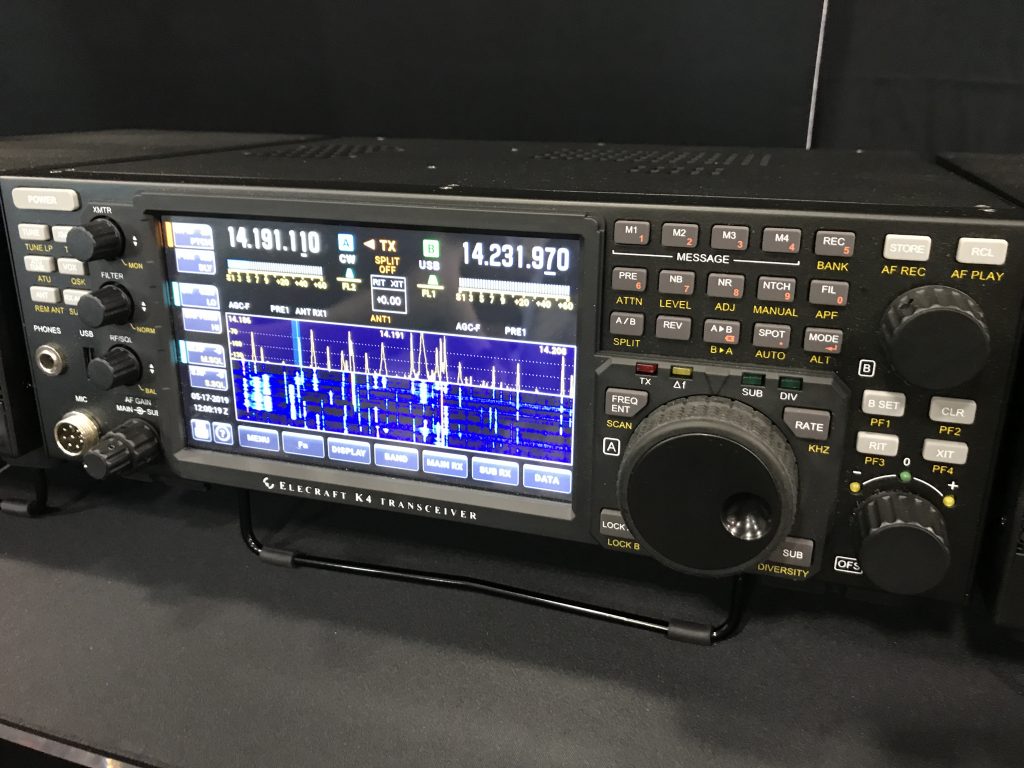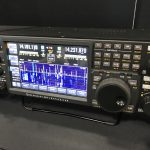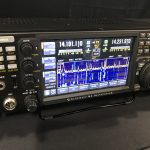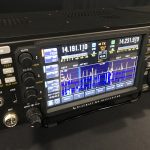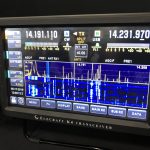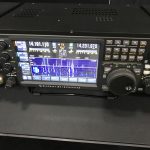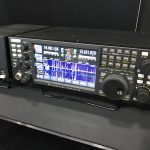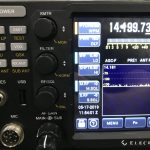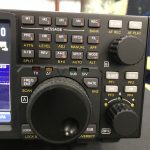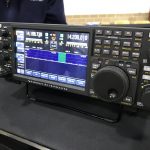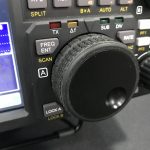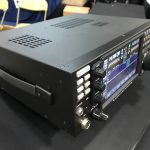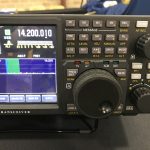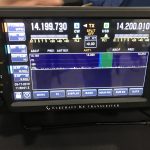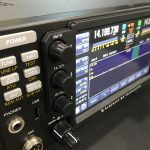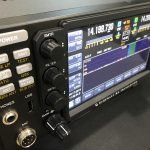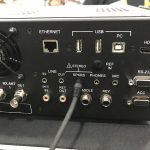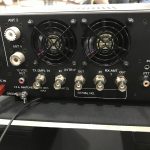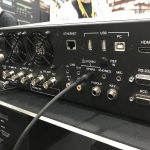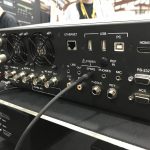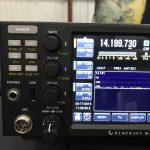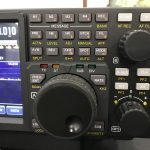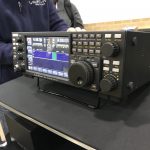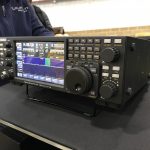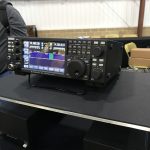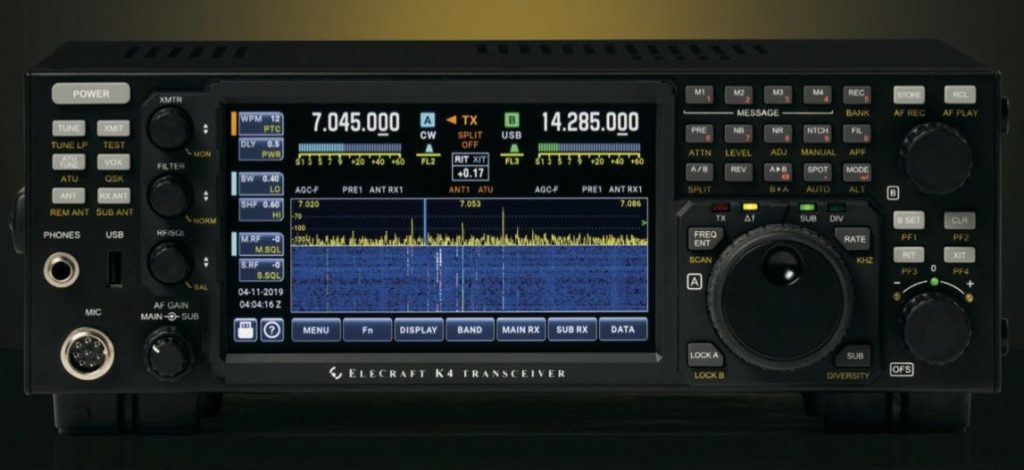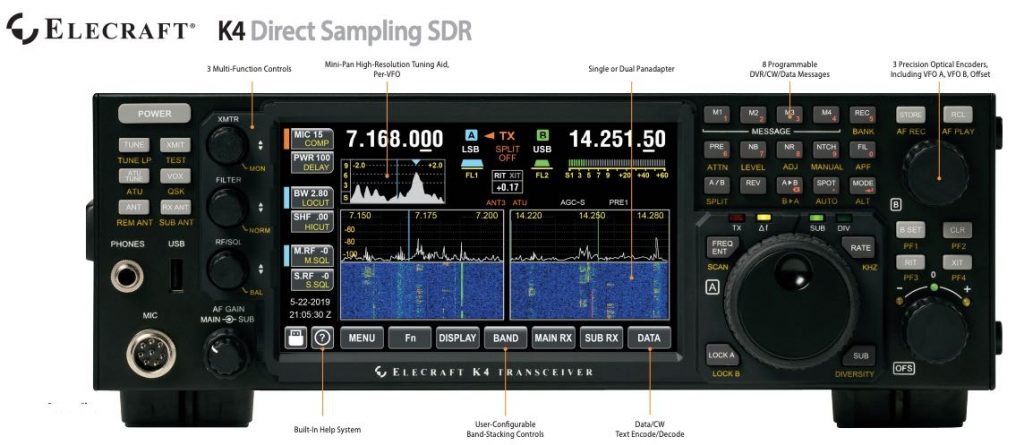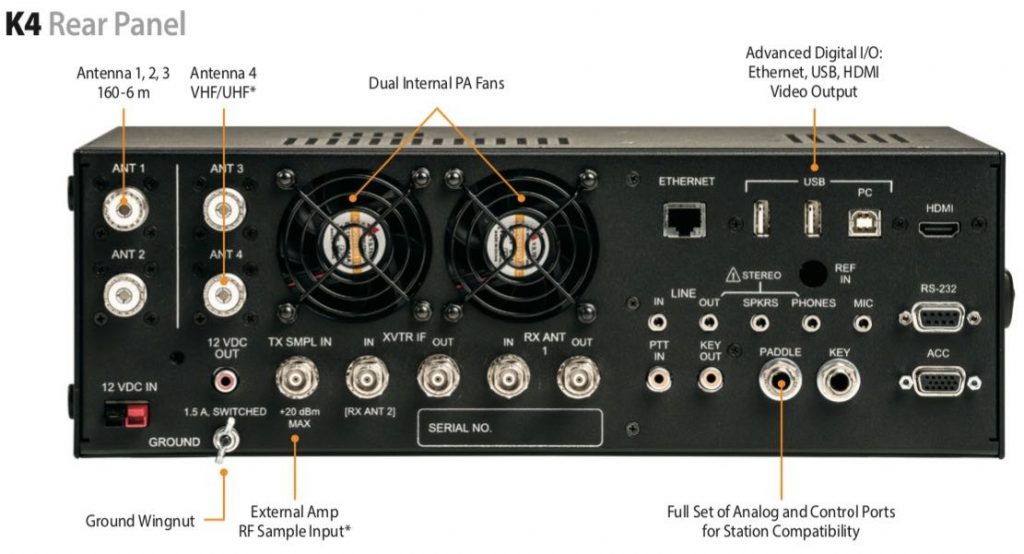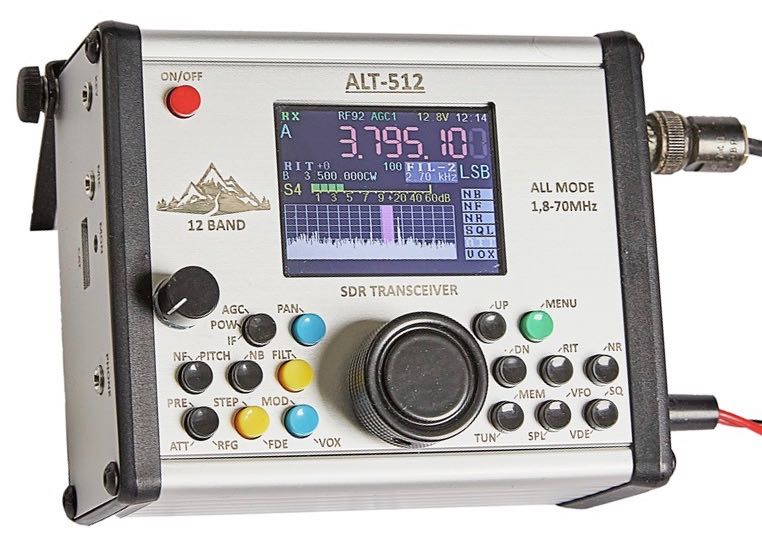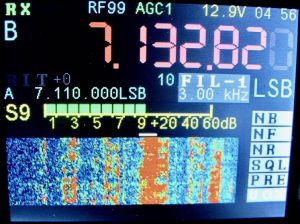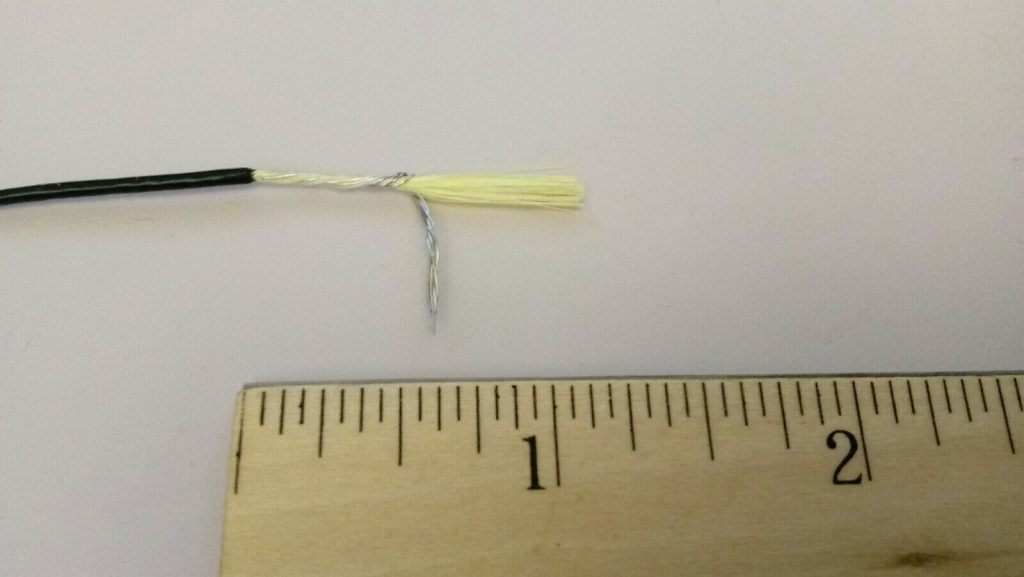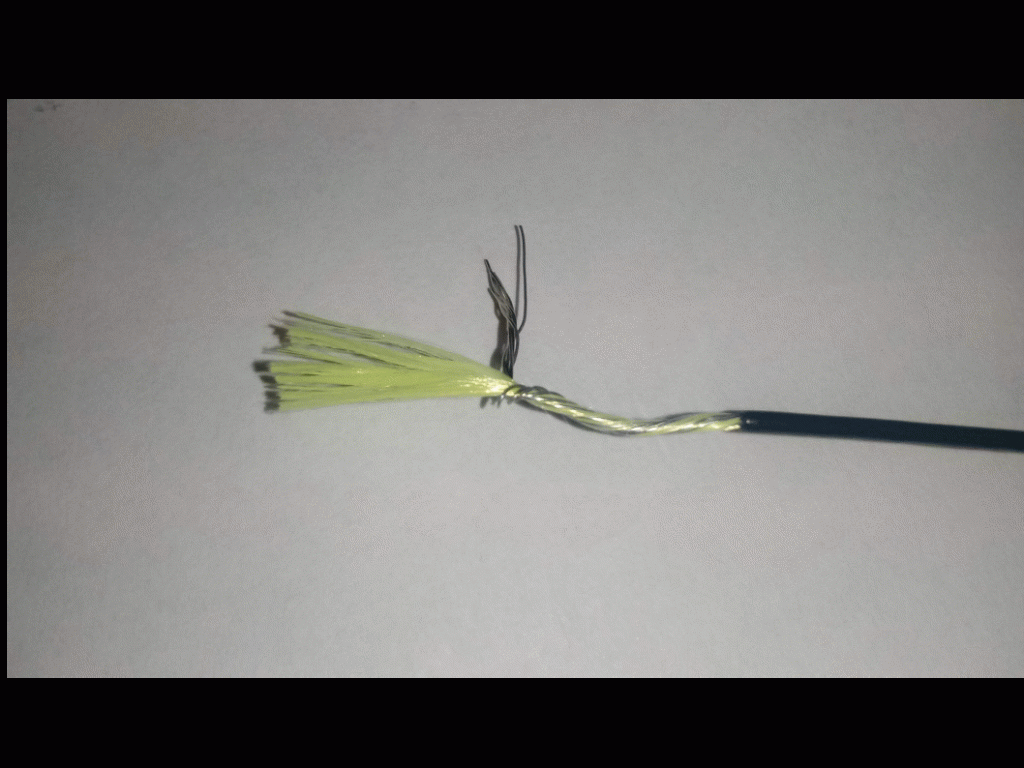At the 2019 Hamvention, I stopped by the Airspy.US booth and checked out the specifications of Airspy’s latest SDR: the Airspy HF+ Discovery.
At first glance, the Discovery looks a lot like the Airspy HF+ but even smaller and sporting performance upgrades. Keep in mind, I consider the Airspy HF+ (the Discovery’s predecessor) to be one of the best HF SDR receivers on the market–certainly the best sub $200 HF SDR–so of course the Discovery has piqued my interest.
I wanted to get the scoop directly from the source, so I contacted Youssef Touil with Airspy and asked for more insight. What follows is Youssef’s reply:
This new release of the HF+ aims to improve the overall performance in highly demanding situations while fully automating the gain and filtering control. This frees the operator from the RF front-end details and keeps the focus on the actual signals.
The new filters are implemented using a combination of static LC filter banks and other RC filters implemented in silicon. This considerably improves the overall behavior in a crowded band, while still giving a very low noise floor. Also, the very nature of the Polyphase Harmonic Rejection mixer combined with the integrated IF filtering and the high dynamic range Sigma-Delta ADC act like a roofing filter in a heterodyne system. This architecture is quite original with still very few commercial implementations attempted.
A lot of attention went to improve the far-range IIP2 and IIP3 in practical receive scenarios. Other radios just opt to increase the noise figure of the radio to hide the IMD problem, but this also reduces the sensitivity. We opted not to go this way and fix the problem at its root and preserve the maximum sensitivity benefit. The new intercept points protect the front-end from images originating from various IMD scenarios while still using the maximum gain. The LF and VLF bands also benefited from these improvements.
The PCB layout was also improved to get rid of most of the digital noise. The new PCB has 6 layers filled with ground plans and a metal shield can soldered on top of the RF section. This might look overkill for a HF/VHF radio, but given the MDS we are aiming at, it’s really necessary. The older PCB was 4 layers only.
The radio weighs less than 30 grams and fits inside a 45 x 60 x 10 mm volume (ex. The SMA connector). Given the achieved performance and the form factor, we expect it to interest a lot of our SIGINT partners who are already using the first HF+ design.
As you know, when it comes to high performance, the big players still opt for heterodyne systems in the actual RX path and only use direct sampling for the “eye candy” panoramic view. This was confirmed by Yaesu (FTDX101D) and Elecraft (K4). The reason is evident: Good mixers are still better (and scale better) than state of the art ADCs. I think our Polyphase Harmonic Rejection mixer-based SDR architecture is a step in the right direction, where both goals are achieved without compromises, and in the most economical way. The first version was kind of a revolution for us, but the “Discovery” is the consolidation of a lot of polishing opportunities we discovered since the first release.
Thank you for the details, Youssef–it sounds like a lot of innovation and iterative upgrades have gone into the Discovery receiver design.
Of course, I will plan to grab the HF+ Discovery and review it here on the SWLing Post. In the meantime, check out the excellent RTL-SDR website where Carl has posted a short preliminary review of a pre-production HF+ Discovery.
Click here to check out the HF+ Discovery at Airspy and place a pre-order ($169 US).

